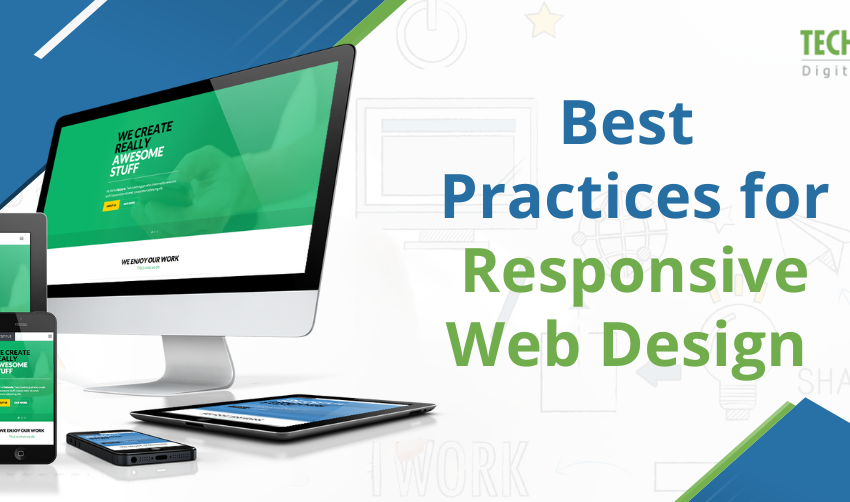Top Responsive Web Design Tips for 2024
Responsive web design is a crucial aspect of creating websites that adapt to different screen sizes and devices. In 2024, with the increased use of mobile devices, having a responsive website is more important than ever. Here are some top tips for ensuring your website is responsive and user-friendly in the upcoming year.
1. Prioritize Mobile-First Design
With the majority of internet users now accessing websites on their mobile devices, it’s essential to prioritize mobile-first design. This means designing your website with the mobile experience in mind first and then scaling up for larger screens. This approach ensures that your website looks and functions well on all devices.
2. Use Flexible Grid Layouts
Using flexible grid layouts such as CSS Grid or Flexbox allows your website to adapt to different screen sizes seamlessly. These layouts enable you to create a responsive design that can adjust to various screen sizes without breaking the layout or losing functionality.
3. Optimize Images for Faster Loading
Large images can slow down your website’s loading speed, especially on mobile devices with slower internet connections. Optimize your images by compressing them without losing quality to ensure fast loading times. Consider using responsive images that load different image sizes based on the user’s device.
4. Implement Responsive Typography
Responsive typography ensures that your website’s text is legible and easy to read on all devices. Use relative units such as percentages or ems for font sizes to scale text based on the screen size. Additionally, consider using web fonts that are optimized for different screen resolutions.
5. Test Across Multiple Devices
Testing your website across various devices and screen sizes is essential to ensure a consistent user experience. Use tools like Chrome DevTools or online emulators to simulate how your website looks on different devices. Pay attention to details such as layout, font sizes, and interactive elements.
6. Create Touch-Friendly Navigation
With the rise of touchscreen devices, it’s crucial to create touch-friendly navigation that is easy to use on mobile devices. Use larger touch targets for buttons and links, and consider implementing hamburger menus or swipe gestures for easier navigation on small screens.
7. Performance Optimization
Optimizing your website’s performance is key to providing a seamless user experience. Minimize HTTP requests, leverage browser caching, and enable Gzip compression to reduce file sizes and load times. Additionally, consider lazy loading images and optimizing code and scripts for better performance.
Conclusion
As we move into 2024, responsive web design continues to be a crucial aspect of creating user-friendly websites. By following these top tips for responsive web design, you can ensure that your website looks and functions well on all devices, providing a seamless user experience for visitors.


